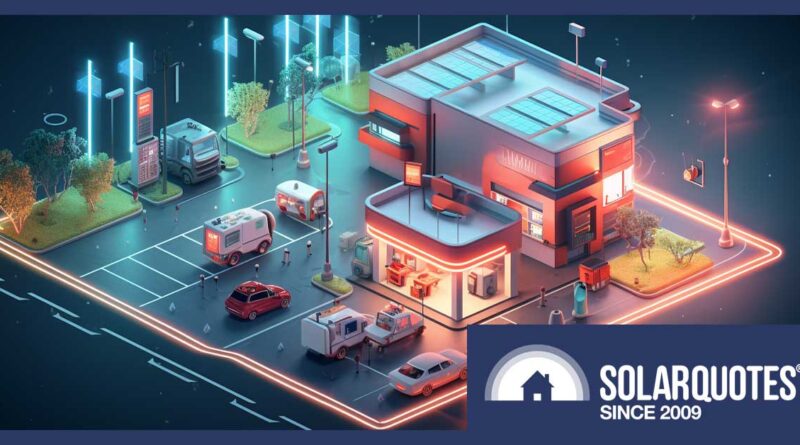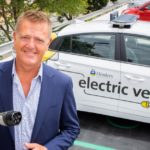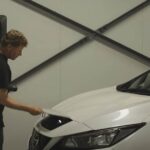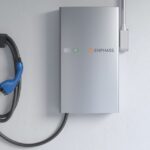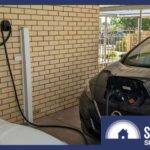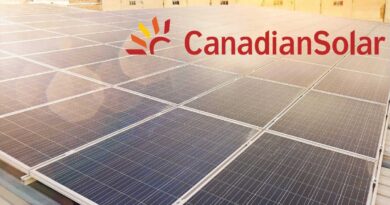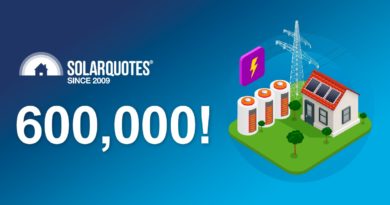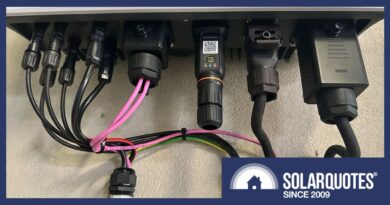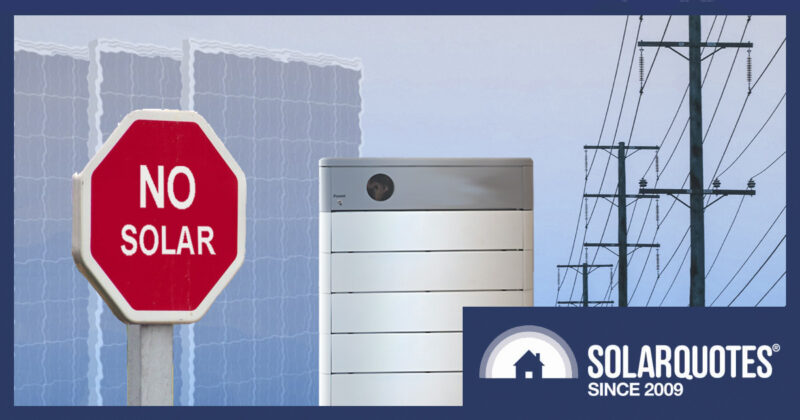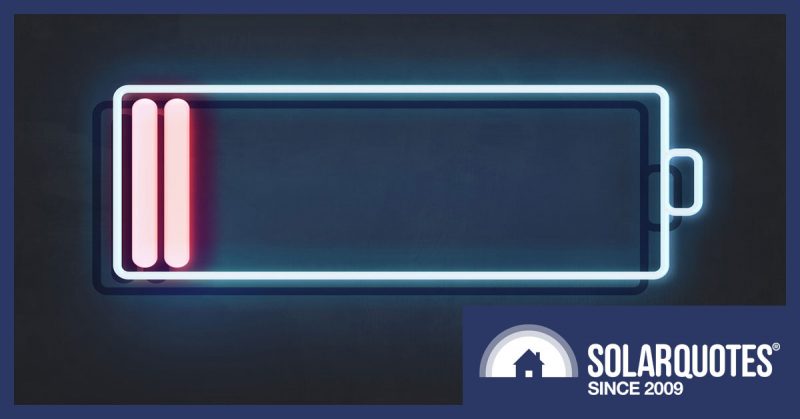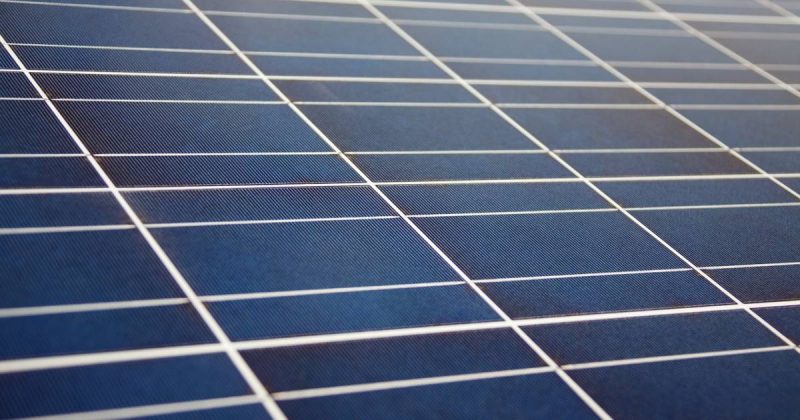3 Million EVs, 22.46 Gigawatts: A Sober Look at Australia’s V2G Future
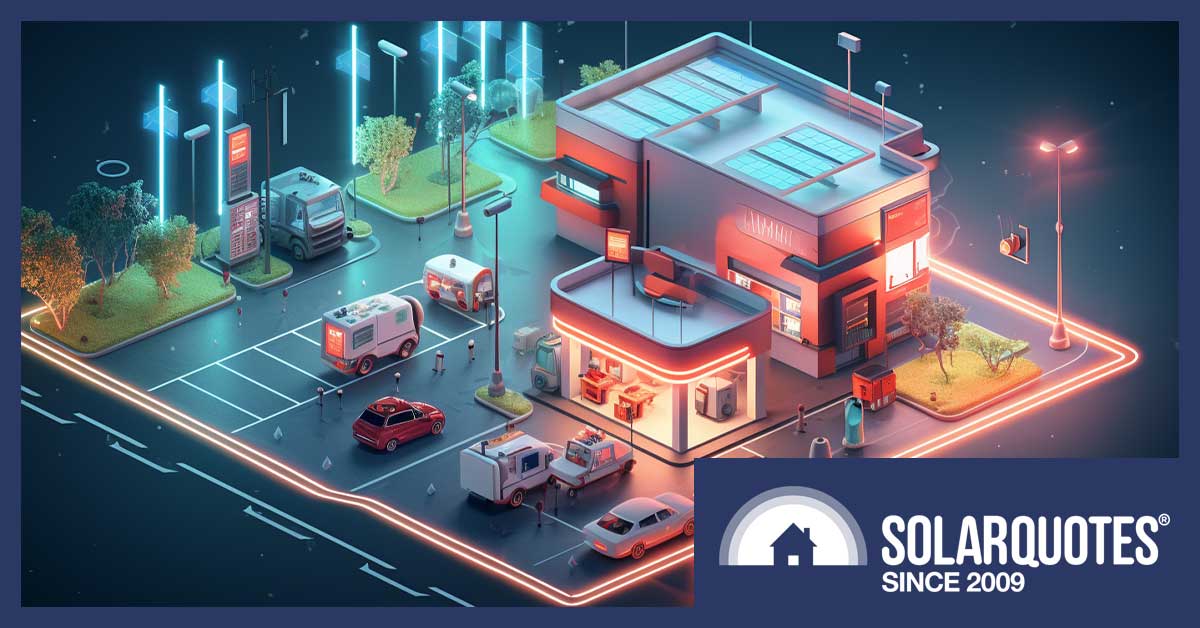
Many clued-up Australians dream of their electric car not only taking them places but powering their home and even the grid.
Keep reading, and you’ll discover how Vehicle-to-Grid technology (V2G) could outdo Australia’s entire coal fleet in terms of power delivered (kW) but not energy (kWh) and what that means for our future energy mix.
Coal generates over half of Australia’s electricity, meeting 55% of grid demand over the last 12 months. Solar, wind, and hydro were 37%. The nation’s coal burners – all operated at full whack – could supply 22.46 gigawatts (GW) of power.1 That’s 850 watts for every Australian and their dog.2
Three million V2G-capable EVs could pump more than 22.46 GW into the grid, and Australia has more than 20 million registered vehicles, so it’s not beyond reach. We may even get to three million EVs by 2030.
But the power from EVs is not equivalent to the power from coal-fired power stations. For example, 100,000 EVs pushing out 740 megawatts (MW) for hours differs greatly from Kogan Creek Coal Power Station generating 740 MW for months. V2G is high power, but low energy.3
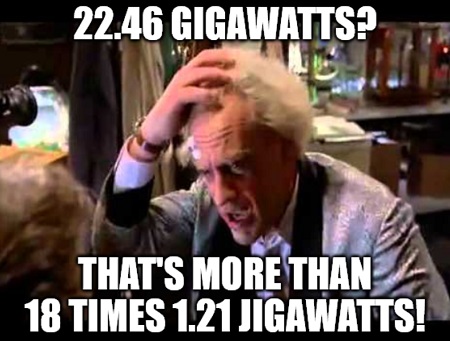
Australia’s coal fleet can send 18 DeLoreans through time.
Bad News: Most EVs Can’t V2G!
Despite not competing with coal on energy delivered, I swear V2G still has great potential.
But I can forgive you for failing to see it.
Getting the required bidirectional charger is difficult, expensive ($10k) and often not even permitted for grid connection. Even worse, most EVs sold in Australia have no V2G ability. The Nissan Leaf Gen 2 is the only commonly used full EV that can do it.4
We’re still years away from V2G being convenient and cheap. But I hope bidirectional chargers will be like solar inverters and rapidly fall in price. I hope they won’t be like home batteries starting expensive and remaining expensive for a long time.
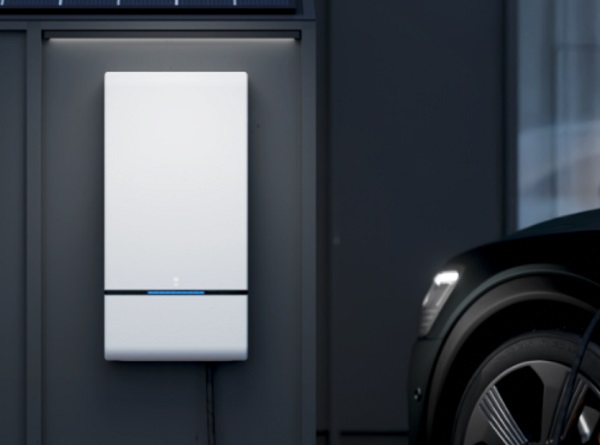
It looks like a white box, but this is the Quasar 2 bidirectional EV charger. Bidirectional means it can go either way5. (Image: Wallbox)
V2G, V2H, & V2L
V2G has a close cousin called V2H and a step-cousin, V2L.
V2H stands for Vehicle-to-Home. While V2G can supply power to the grid or potentially a home, V2H can only supply power to a property.
An increasing number of EVs now come with V2L. This stands for Vehicle-to-Load and lets you plug appliances into your EV and run them off the EV battery. This can’t be used to power your home — at least not without some electrical gymnastics that Anthony will cover in another post — but it is useful during a blackout or fishing trip.
You can learn more about the difference between V2G, V2H & V2L here.
We Will Have Huge Numbers Of EVs
At the moment, Australia has over 20 million registered road vehicles. Even if we end up with fewer vehicles in total because everyone starts using robo-taxis, there will still be millions of vehicles that could potentially supply power to the grid. Since they’ll be robots, they may even go about it more logically than we would.
Don’t Worry About Battery Wear & Tear
Some say V2G puts too much wear and tear on EV batteries. But if it’s only used to support the grid during critical periods, that’s only a few dozen hours per year. Because wholesale electricity prices can get over $15 per kWh, even this limited use can make V2G financially worthwhile for the car owner.
Other good news is the wear and tear on a 50kWh battery steadily discharging at 7.4kW will be far less than discharging the same amount of energy on the road. Depending on battery pack characteristics, some EV manufacturers may decide it’s insignificant and let you V2G as much as you like. Others may limit it to a set number of hours per year or have it count towards the battery pack’s km warranty limit. Of course, some may be complete dicks and not allow their vehicles to be used for V2G at all. But I suspect Mr Market will fix that. People will prefer EVs that can V2G.
SO… MUCH… POWER!
Most homes have single-phase power and can install an EV charger supplying around 7.4kW of power. I will assume future bidirectional chargers will also allow 7.4kW to be sent into the grid.6
3.1 million EVs could supply 22.94GW beating coal. If only half are plugged in at any one time, then it’s 6.2 million EVs. We may have that within 10 years, and — hopefully — most will be V2G capable.
…and so little energy
An EV with a 50kWh battery pack charged to 70% could supply 7.4kW for 4 hours and 43 minutes. Of course, people won’t want their battery packs flattened, so the actual time will be considerably less. But if you have enough V2G EVs with large enough battery packs, they still can’t provide much energy compared to coal (or any other significant form of generation).
If you had 10 million V2G capable EVs plugged in, each selling 20kWh to the grid, that would total 40GWh. The current coal fleet could supply that at full power in 107 minutes. So even vast numbers of EVs can’t supply substantial energy to the grid. Not unless battery pack capacities start getting ridiculous.
But that’s OK…
High power, low energy doesn’t have to be a problem. EVs are great for soaking up renewable energy when it’s cheap, and V2G will be great for supporting the grid for short periods when renewable output is low and/or electricity demand is high. It will be the job of solar, wind, and existing hydroelectricity to supply most of the energy. New pumped hydro facilities will also provide longer-term energy storage for which V2G isn’t suited.
V2G Is The Way Of The Future, But It’s Hard Work Right now
At the moment, V2G is only for dedicated and enthusiastic early adopters. You’ll need a V2G-capable EV, an expensive bidirectional charger and permission to connect that charger to the grid.
But as EVs go mainstream, V2G should become a standard feature rather than a price-gouging option. Improving battery technology will also reduce wear and tear fears.
I also expect — or at least hope — that the cost of bidirectional chargers will rapidly fall. EV charger manufacturer Wallbox expects their next V2G charger to be 40% cheaper than their current V2G model.
V2G could become as normal as plugging in your phone to charge. And the result? A mostly renewable-powered Australia, supported by the very cars we drive. It’s an exciting future, even for a curmudgeon like me, and it’s closer than you might think.
Footnotes
- this is extremely unlikely due to planned and unplanned outages
- No, wait… if we include dogs, it’s only 684 watts.
- Learn the difference between power and energy.
- There are European EVs that can use V2G in Europe, but so far I haven’t seen an example of them being used that way in Australia. Mitsubishi also has two plug-in hybrids, the Outlander and the Eclipse, that are also V2G capable in Australia.
- Quit it with the sniggering!
- Homes with 3-phase power could provide more, but I’ll say it averages 7.4kW per EV
Original Source: https://www.solarquotes.com.au/blog/australias-v2g-future/

